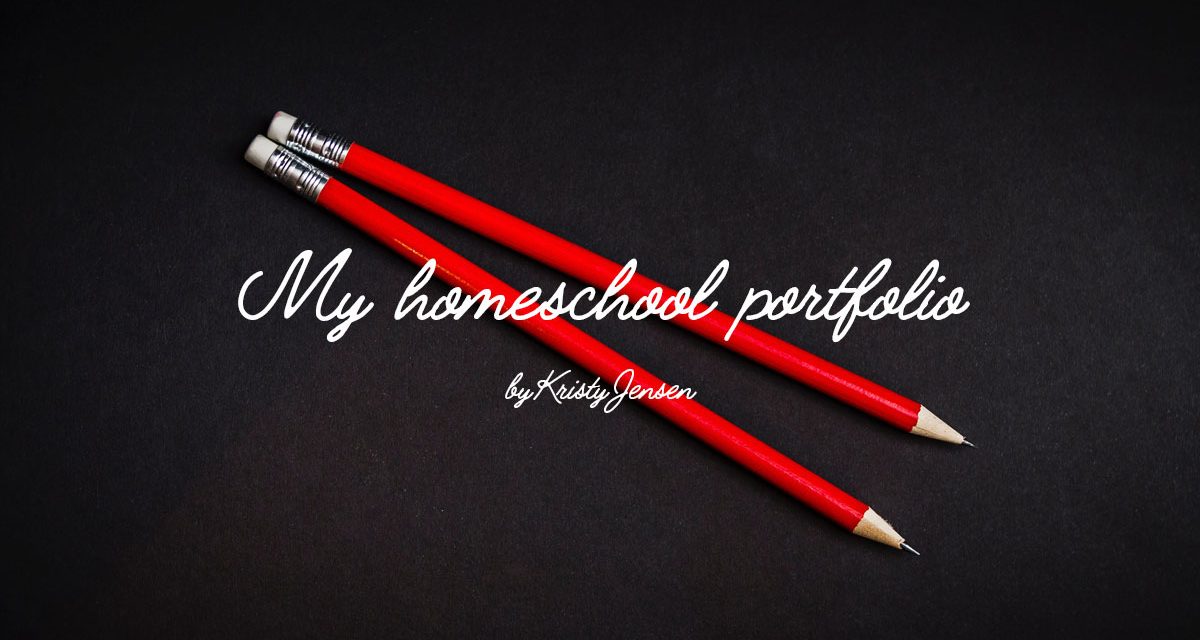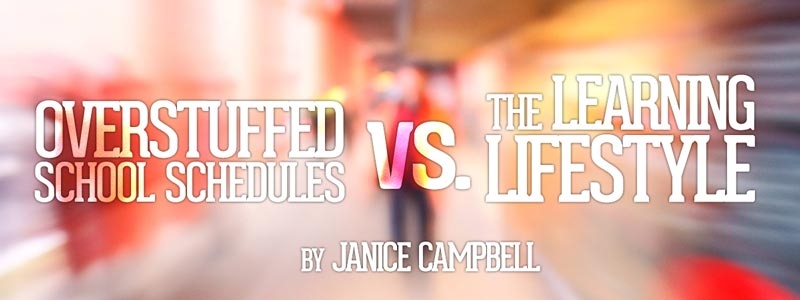After homeschooling for about 4 years now, I have finally found the right fit for our family for reporting progress to the county. It’s called a portfolio evaluation. In some states a homeschooling family has a few options for reporting their children’s progress at the end of the year. You have the option to use a standardized test (many can be found online), send in a portfolio of samples of your child’s work from the year, or have an approved person evaluate the portfolio for you and send in a letter of progress.
We have decided to do the portfolio evaluation. My two older boys are the only ones I need to do this for this year. It was easy and helped me to be held more accountable for their schooling. We tried testing and it caused a lot of anxiety. I am very grateful to have other options in my state.
How to put together a great homeschool portfolio:
- Find an evaluator: Check your state’s requirements for an approved evaluator. This may vary from state to state. My state only requires that the person be a certified teacher (with up-to-date credentials) or a person with a master’s degree in any field. You can even find lists for evaluator’s names on certain websites. Also find out the cost for the evaluation to be done so you can budget for the end of the year.
- Ask what that evaluator’s requirements are for the portfolio: Although you can put together any kind of portfolio, it helps to know what the evaluator is looking for when they assess your child. Some may want to interview your child. Some may just want to review the samples of work and have specifics they are looking for. Find out ahead of time so you aren’t blindsided by unexpected requirements at the end of the year.
- Keep detailed planning: Purchase a really good planner and write everything in it. Make sure it has room for things like book lists, field trips, progress reports, and daily schedules.
- Write down all curriculum: Use that planner to write down the curriculum you are using for the year for each student. This helps you to keep track of what worked and what didn’t as well. Even if you don’t use a certain curriculum, write down what you learned through other avenues.
- Write down all field trips: Have a list in your planner where you can write down all field trips for the year. You can plan some ahead of time and you can go with friends or family to a special place. I have also written down lessons learned on certain field trips (ex: Fire Station- learned about fire safety and the life of a firefighter).
- Purchase a half binder for each child: This binder will be divided into subjects (also purchase subject dividers). You will use this binder to put samples of each child’s work from each subject for later review by the evaluator. About once a month, go through all work that the children have done a take a sample to put in the binder. This is such a huge organizational help. *Make sure to include handwriting samples for each child as well.
- Write down co-op schedule and participation: If you are part of any co-ops, go ahead and include that in your planner. They are learning whether it is a playgroup or a field trip group or an academic group. You can even include church involvement such as AWANA or Royal Rangers (or Heritage girls). Children learn a lot through these types of programs.
- Take photos throughout the year and print them for the portfolio: The evaluator can’t be with you throughout the year. Taking pictures of events and art work and science projects gives them a better picture of what was actually done. Seeing the success in a picture is more than seeing it in writing.
- Include science project and art samples: On top of taking pictures of these things, bring a couple of small samples to the evaluation.
- Keep a reading log for each student: This list can include read alouds done by the parent as well as book lists that the children read by themselves. I love doing this because it gives me a great visual for myself to know how many books we have read during the year. You will be amazed at just how many books a typical homeschooler can read in 9-12 months.
- Keep a digital journal of accomplishments and struggles: This is the best thing you can do for your portfolio. Even if you don’t do a portfolio, this is so helpful to look back and see how each child has grown in their learning capabilities. You can write in it each week and print out a summary at the end of each month. The evaluator will really enjoy being able to see that a student struggled in an area but later on really got the hang of it. It also gives you a better idea of where your child needs the most help and where they are soaring.
One other thing I would include is to go to your state’s homeschool website and look up the laws concerning homeschool evaluations. Print them off and keep a copy in your portfolio binder or planner. You can also keep a copy of your notice of intent (my state requires a new one each year). This way, you know the laws and can comply if you ever need to show proof of anything with homeschooling.
Whether you choose to do standardized testing or a portfolio, it’s always a good thing to keep good records for the future. Even if your state doesn’t require any kind of proof of progress each year, it is such a great thing to do so you can see where you child was and where they are now academically. You can celebrate successes with them and guide them along in their struggles.





